photo: Jaroslaw Praszkiewicz
“Zigeunerfamilienlager” (“Gypsy family camp”)
Extract from "The Destruction of European Roma in KL Auschwitz: A guidebook for visitors"
According to the so-called “Auschwitz order” (Auschwitz-Erlass) issued by Heinrich Himmler on December 16th, 1942 “mixed Gypsies” (which means people who had even a tiny portion of “Gypsy blood”, “Gypsies – Roma”, and “Gypsies of Balkan origins”) should be deported to KL Auschwitz. Himmler’s order contained also a list of Sinti and Roma groups which should be exempted. Among the latter were “racially pure Sinti and Lalleri” (in connection with the assumption widespread among the Nazis that because the ancestors of Roma could have had contacts with the Aryans who once inhabited India, and could preserve in a degenerated form some Aryan features, the contemporary Roma who were “racially pure” should be studied).
Other groups to be exempted were Roma and Sinti who were integrated into society, had permanent employment and residence, were serving in the army or were married to “pure Germans.” However, specific limitations of the order and the practice of the commissions which decided about deportations diverged from the general regulations. Local deportation commissions used Himmler’s order as a convenient excuse to get rid of Sinti and Roma unwanted in their area of authority, regardless of which category they belonged to. In consequence, there were also “socially adjusted”persons in the deportation lists as testified in the accounts by the commandant of KL Auschwitz, Rudolf Höss, and an officer of the Political Department of the camp, Pery Broad, according to whom the criteria of exemptions were used at will and generally they were not respected because people who had a permanent address and regular job could be targeted and caught more easily.
Detailed orders followed in March [1943]...The upshot of them was that, on orders from the Reichsführer, all Gypsies, “regardless of the degree to which they are of mixed blood,” should be put to work in concentration camps. The only exceptions were to be those Gypsies and mixed-blood Gypsies who had a permanent place of residence, lived in a socially adjusted way, and were in permanent employment. However, that clause existed only on paper and was never observed. Because it was precisely these Gypsies who were easiest to apprehend, they were the ones who accounted for the greatest percentage of those incarcerated in the camp. Girls employed in the Wehrmacht as stenographers, OT [Organisation Todt, a civil–military engineering group–Trans.] workers, conservatory students, and other people leading a solid existence and having worked honestly for long years suddenly found themselves in the concentration camp with their hair cut off, prisoner numbers tattooed on them, and wearing blue– and–white striped uniforms... Hundreds of soldiers were brought straight from the front who had not even been aware that they were mixed-blood Gypsies, and they were ordered to take off their uniforms and were shipped to the concentration camps only because they possessed twelve percent or even less Gypsy blood. From one day to the next holders of the Iron Cross and other awards for valor were regarded as “asocials” and imprisoned behind the barbed wire of Auschwitz. This would never have happened had the secret orders been carried out. Mixed- blood Gypsies who earned merit in this war as soldiers were to be spared and not sent to the camps if they expressed their readiness to undergo sterilization. However, the majority of them were never even asked this; they were simply arrested instead...There was a desire to destroy the Gypsies, but in all probability they were frightened by their own boldness in Berlin and hesitated a long time over the final solution. In July 1944, the decision fell. Himmler ordered that all those capable of work should remain in the camps, and the remainder should be gassed.
Recollection of SS-Rottenführer Pery Broad, an officer of the Political Department in KL Auschwitz. In: Auschwitz w oczach SS. Rudolf Höss, Pery Broad, Johann Paul Kremer. Oświęcim 2011.
In this way, in Auschwitz there were a certain number of Wehrmacht soldiers coming from assimilated or mixed families, a long-term member of the Hitler’s party and an activist of the Association of German Girls from Berlin. This is how this situation was presented in an account by the former commandant of KL Asuchwitz, Rudolf Höss, produced after his imprisonment:
The directions on the basis of which the arrest had been made, were not sufficiently precise. Particular units of the criminal police interpreted them differently and because of that some persons were arrested who under no circumstances should be included in the number of those interned. Often the arrested persons were soldiers on leave, who had military decorations, were wounded several times, but their father, mother, or grandfather happened to be Gypsies or mixed-blood Gypsies. Among them there was one old party comrade, whose father came to Leipzig as a Gypsy. He himself was an owner of a big enterprise in Leipzig, often decorated for his service in the First World War. There also was among them a female student, the leader of the Association of German Girls from Berlin.
Recollections of Rudolf Höss. In: Auschwitz w oczach SS. Rudolf Höss, Pery Broad, Johann Paul Kremer. Oświęcim 2011.
In consequence of the Auschwitz Order, more than 22,000 Roma and Sinti from Germany, Austria, Bohemia and Moravia and other countries were deported to KL Auschwitz. Most of them were murdered or died in the camp.
To receive people deported according to Himmler’s decree, a special section of the camp, the so-called “Gypsy family camp” (German: Zigeunerfamilienlager) was prepared as the BIIe section of Birkenau. The camp was still under construction when the first transports started to arrive, thus the first prisoners were forced to work on its extension and furnishing.
The first transport sent to Birkenau in consequence of the Auschwitz Order arrived on February 26th, 1943. Only two months had passed therefore between the issuing of Himmler’s order and its practical implementation.
Transports
Altogether, during the seventeen months of existence of the Zigeunerlager more than twenty-two thousand persons were deported to it, of whom twenty-one thousand were registered as prisoners of the camp. Most of them came from Germany and Austria – 13,108 (62.59 percent). The Roma deported from the Protectorate of Bohemia and Moravia formed the second biggest group – 4,380 (20.91 percent). 1,273 (6.08 percent) Roma registered in the camp were from Poland. 1,014 persons (4.84 percent) were “stateless”, deported from the area of the Third Reich. 145 persons (0.69 percent) were Roma from France, 139 (0.66 percent) – from the Netherlands, 121 (0.58 percent) – from Belgium, while 126 (0.6 percent) came from the area of Yugoslavia. In addition, in the Zigeunerlager there were registered 34 Hungarian, 27 Russian, 22 Lithuanian, 20 Norwegian and 2 Spanish Roma. The citizenship of 532 (2.54 percent) Roma prisoners cannot be determined.
Sìnte aj Rroma and-o Auschwitz
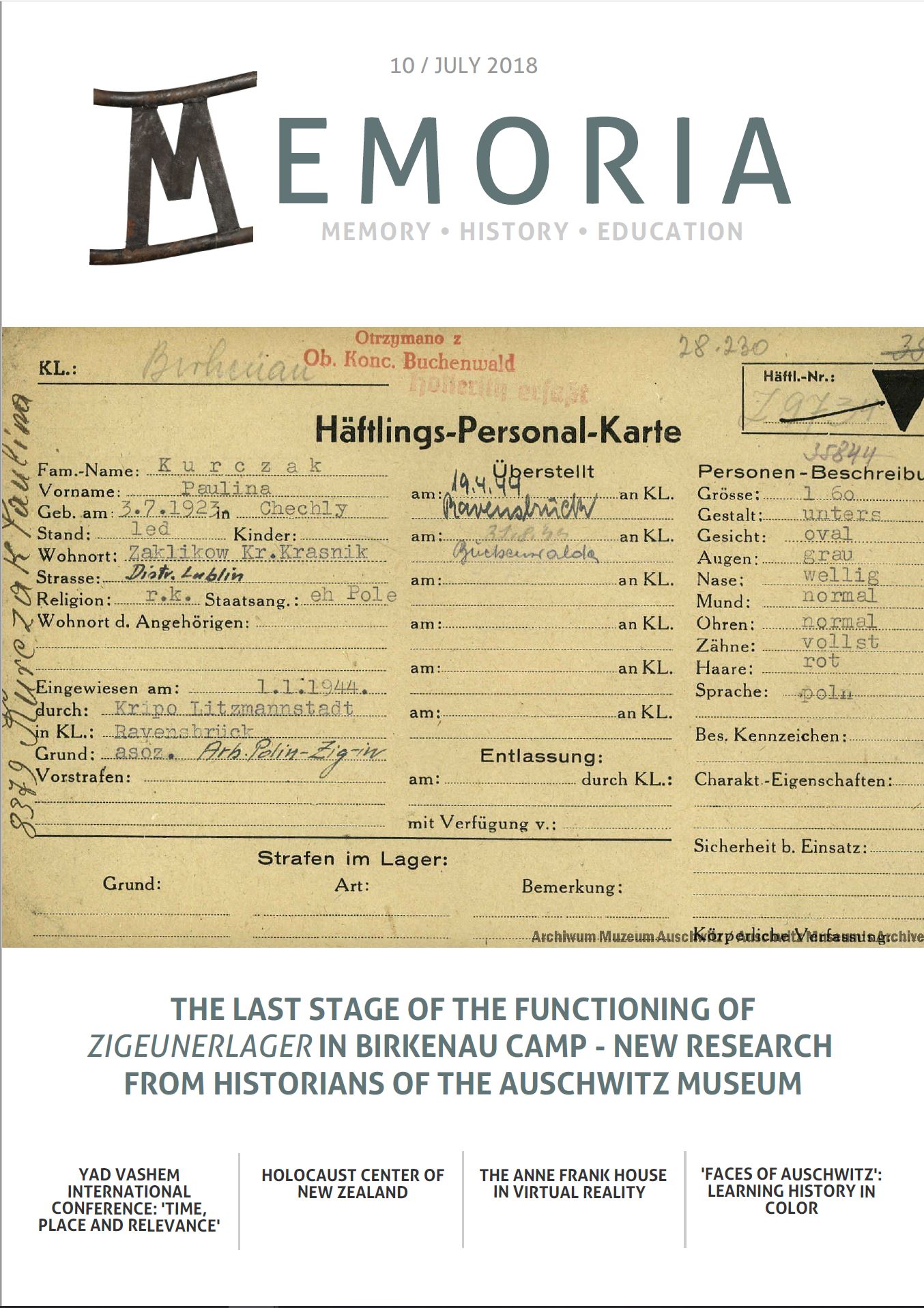
The last stage of the functioning of the ‘Zigeunerlager’ in the Birkenau Camp
Recent research by historians of the Auschwitz Museum
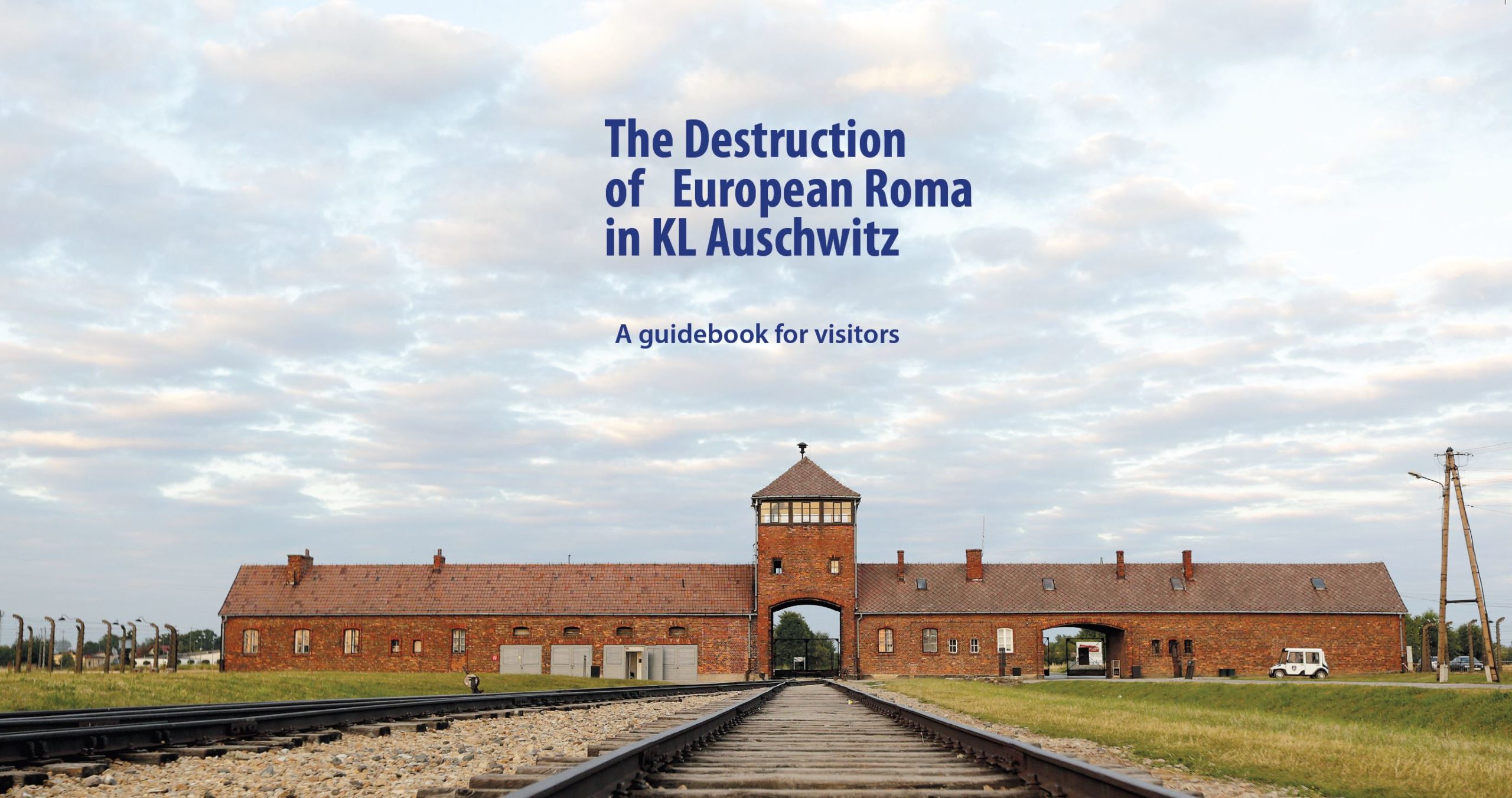
The Destruction of European Roma in KL Auschwitz
A guidebook for visitors
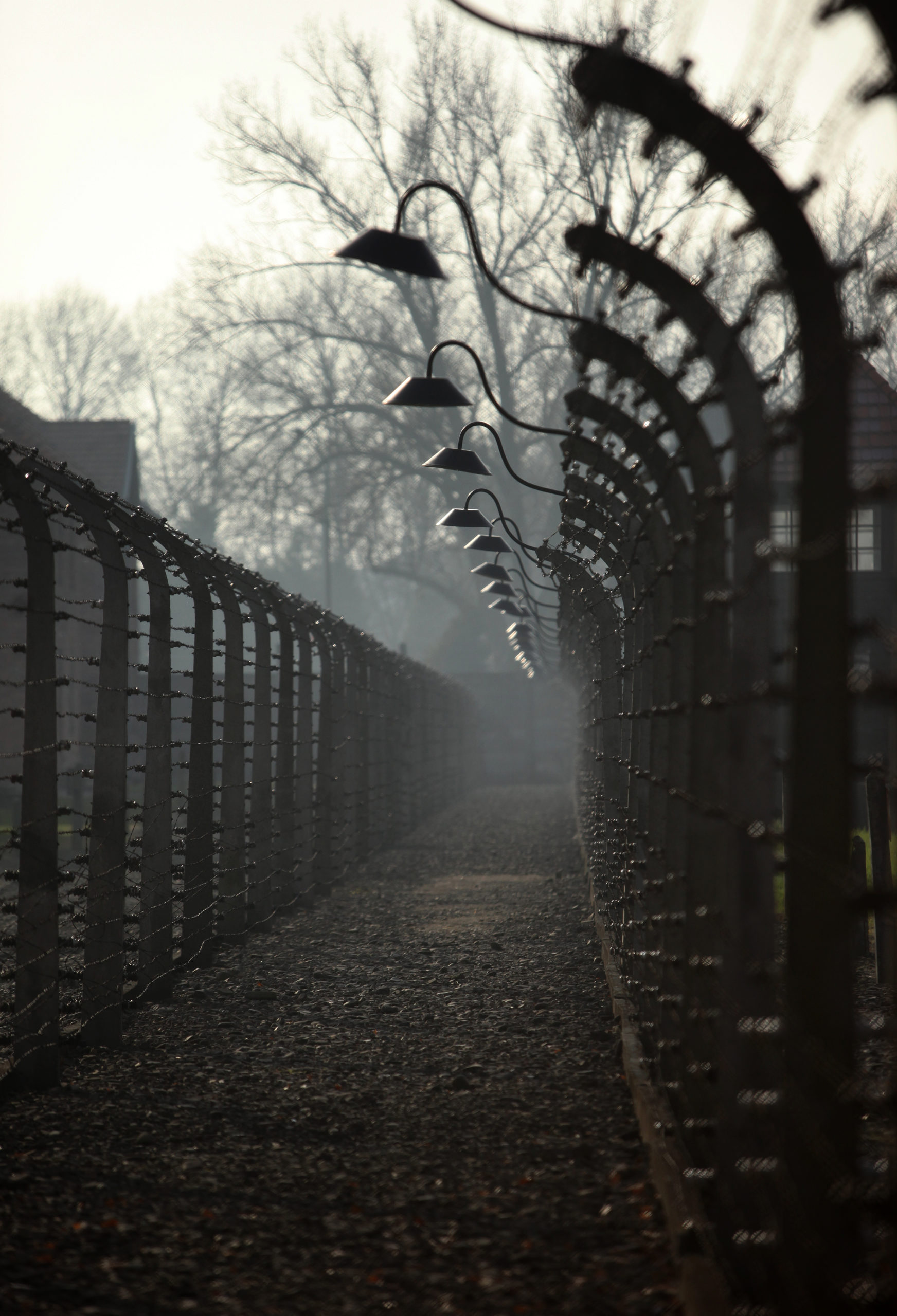
The genesis and course of the Nazi persecution of Roma and Sinti
Extract from “The Destruction of European Roma in KL Auschwitz: A guidebook for visitors”
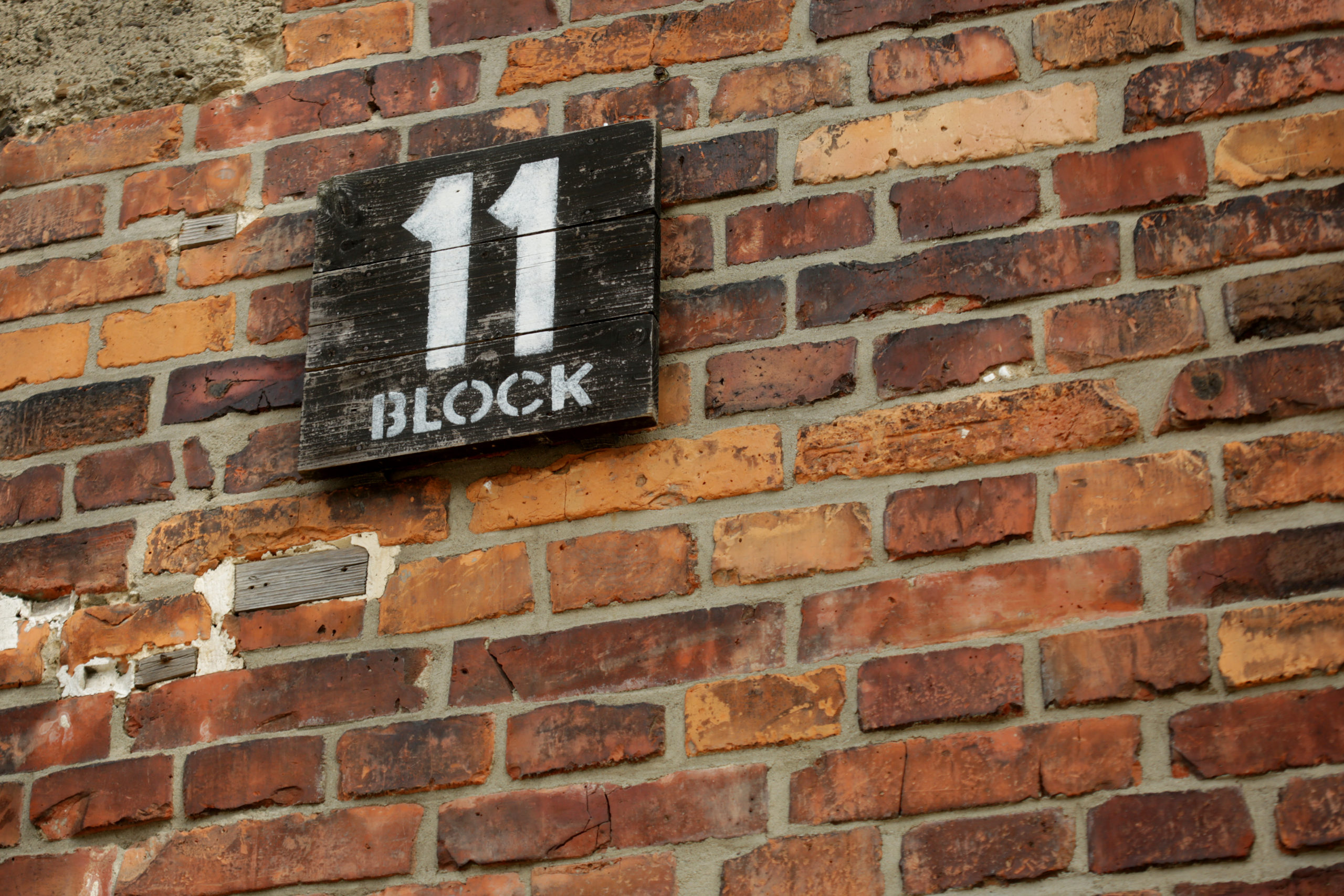
Block 11
Extract from “The Destruction of European Roma in KL Auschwitz: A guidebook for visitors”
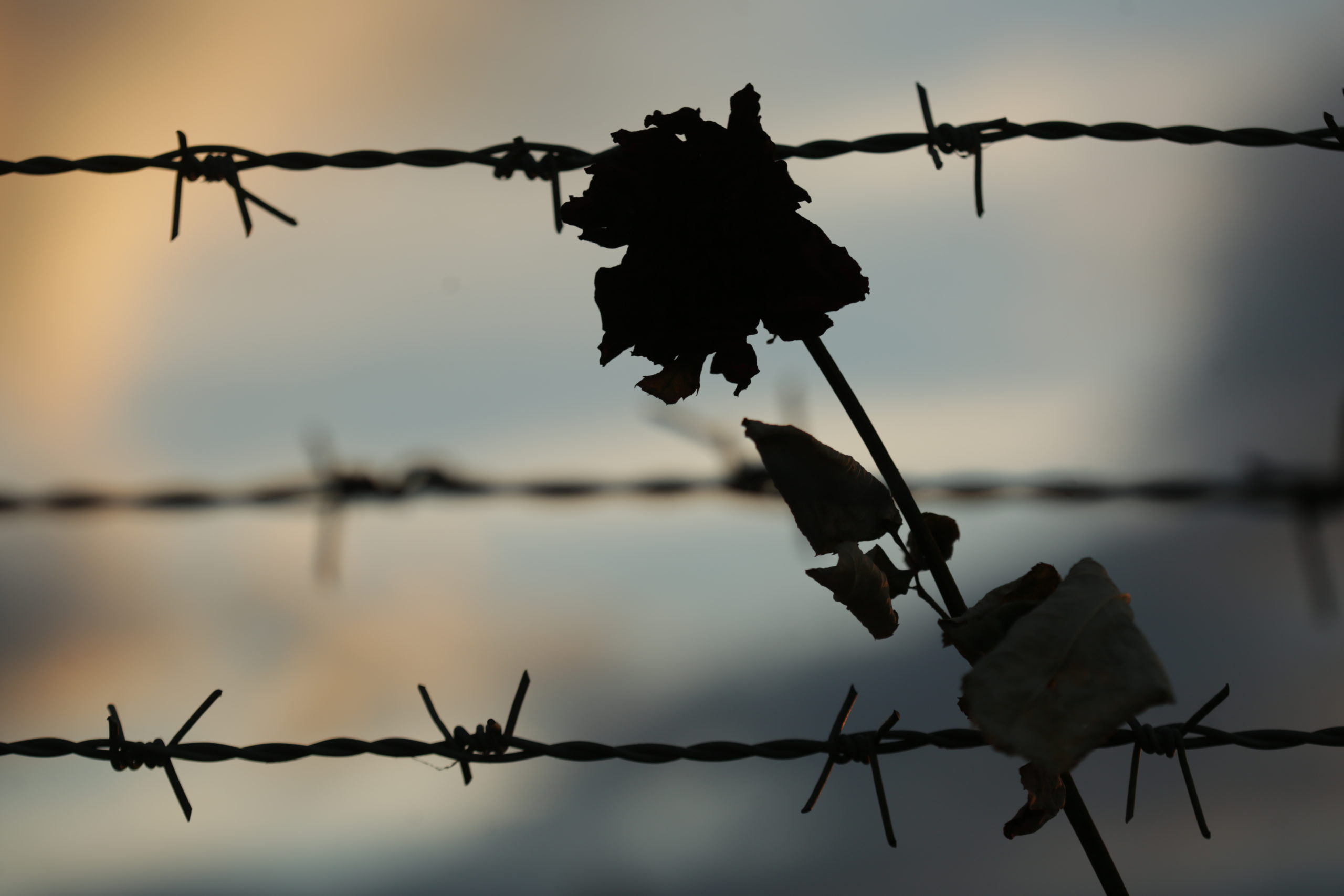
Escapes
Extract from “The Destruction of European Roma in KL Auschwitz: A guidebook for visitors”

“Zigeunerfamilienlager” (“Gypsy family camp”)
Extract from “The Destruction of European Roma in KL Auschwitz: A guidebook for visitors”
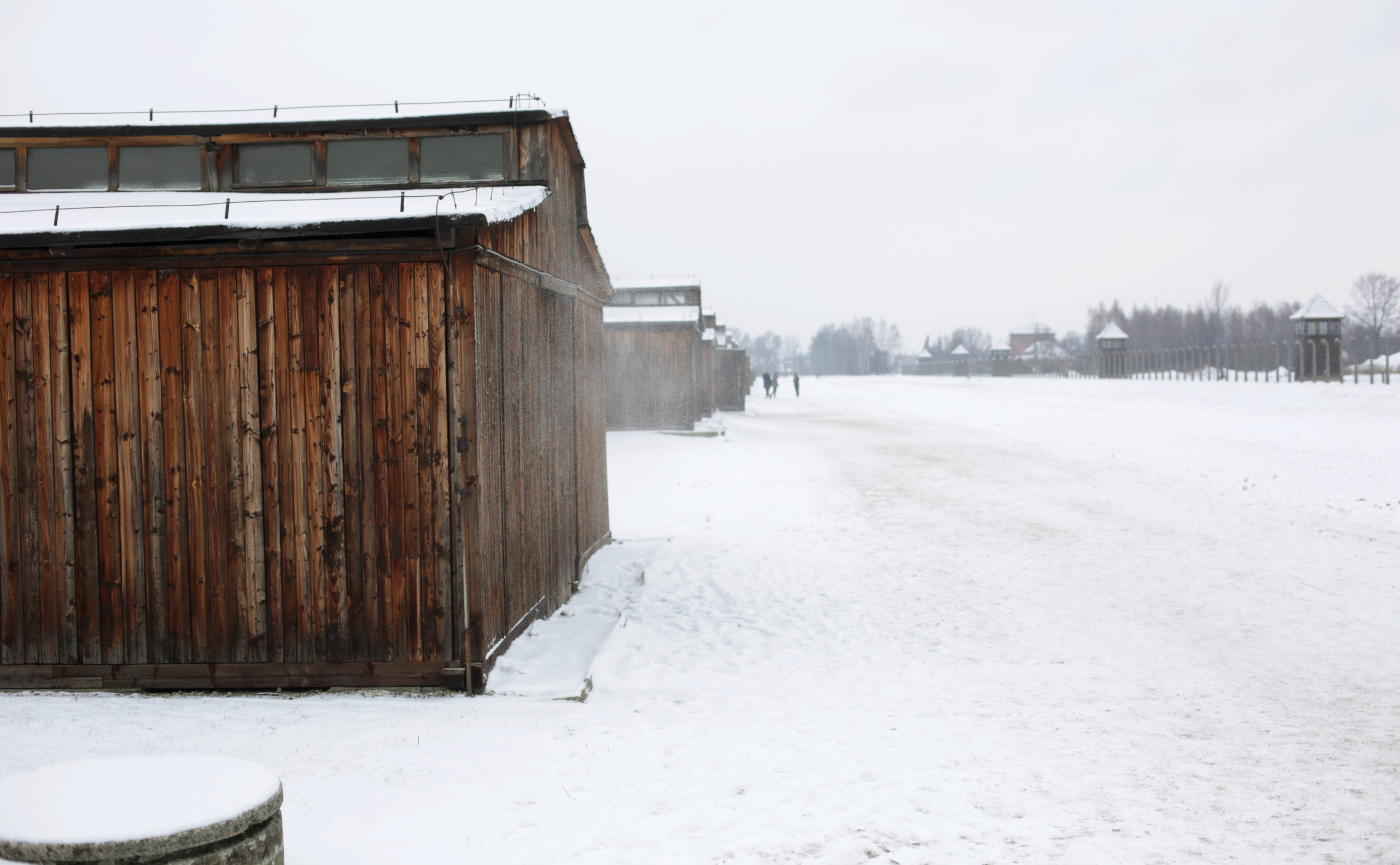
Arrival in the “Zigeunerfamilienlager”
Extract from “The Destruction of European Roma in KL Auschwitz: A guidebook for visitors”
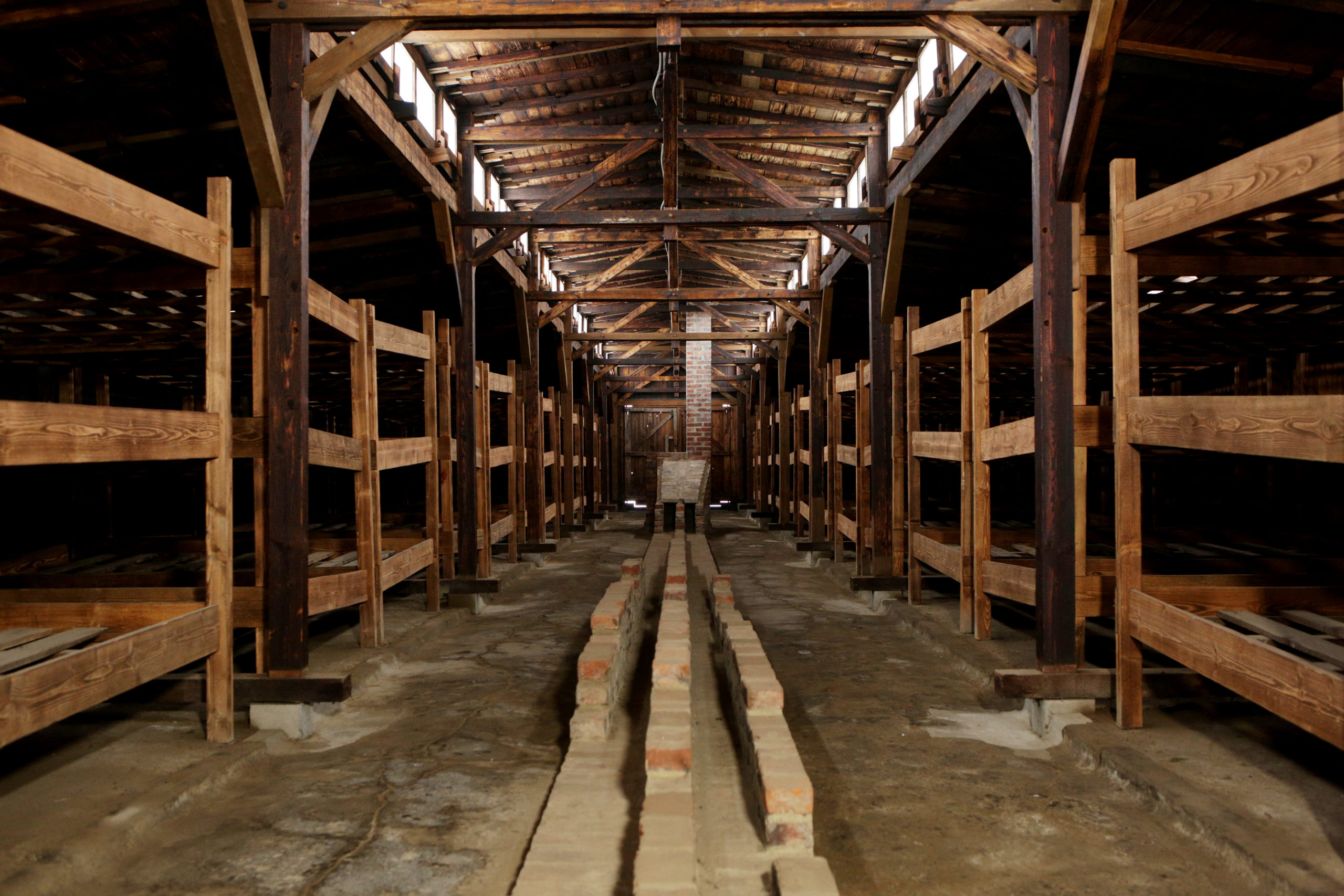
The life of Prisoners
Extract from “The Destruction of European Roma in KL Auschwitz: A guidebook for visitors”
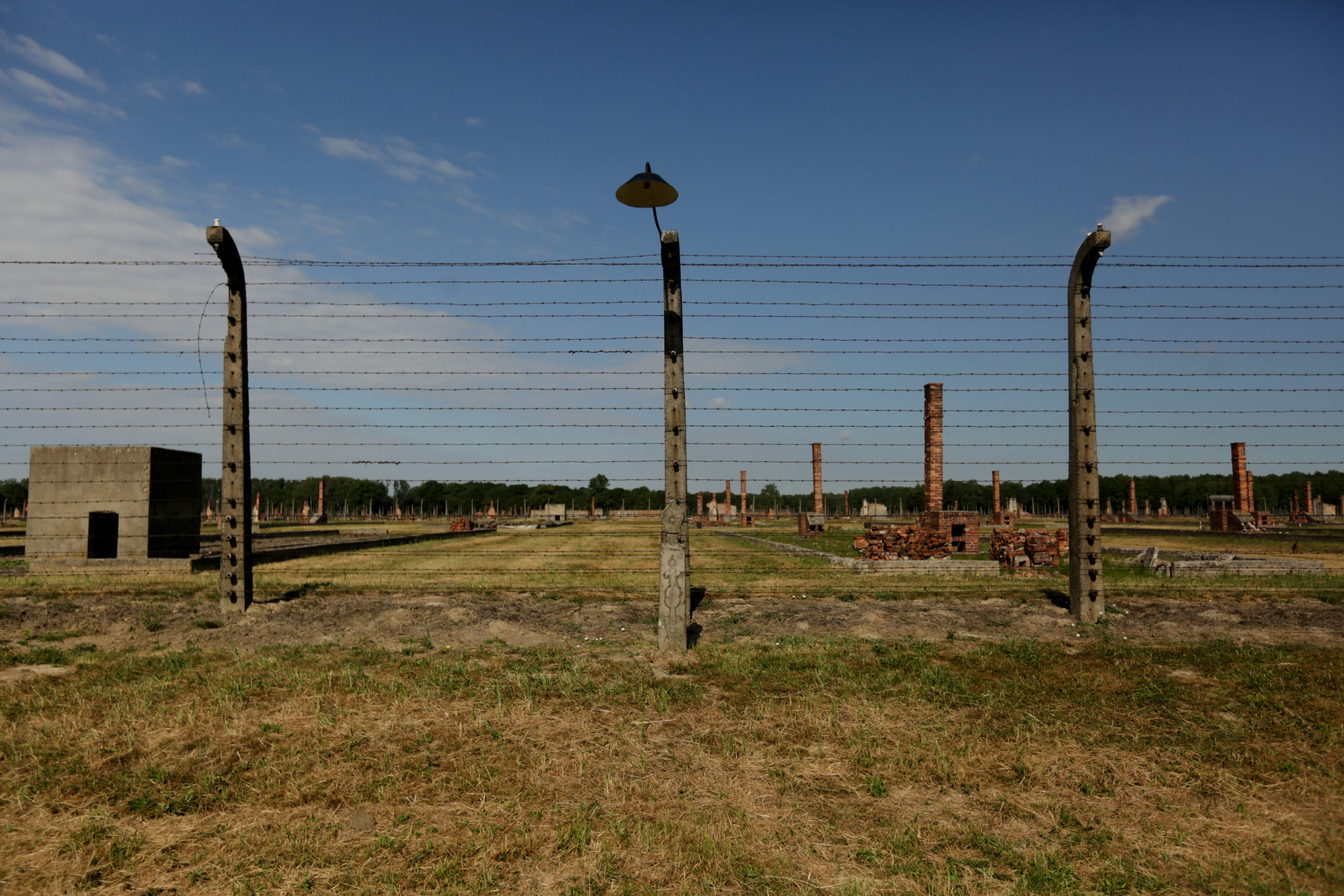
Children
Extract from “The Destruction of European Roma in KL Auschwitz: A guidebook for visitors”
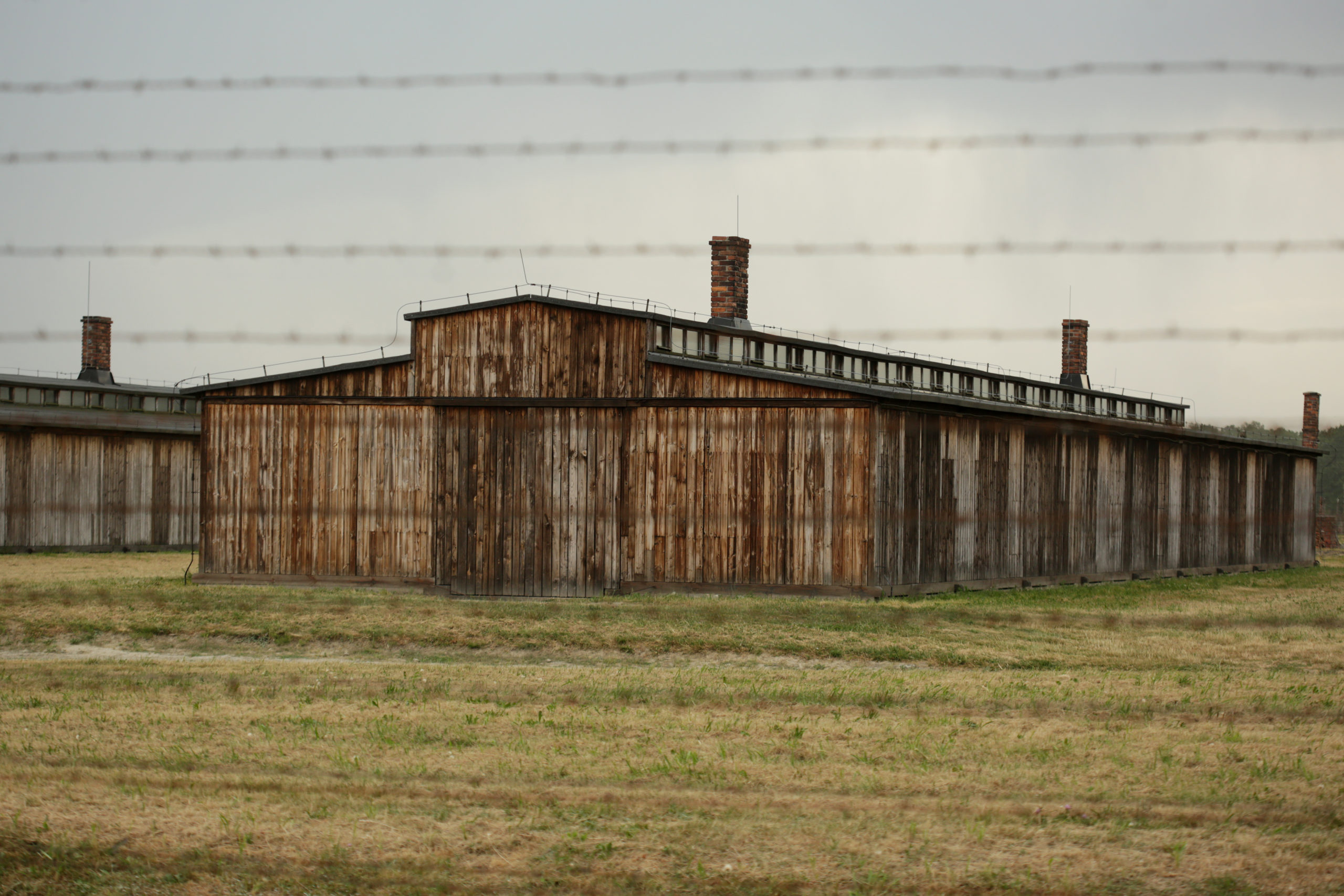
Dr. Mengele and experiments on prisoners
Extract from “The Destruction of European Roma in KL Auschwitz: A guidebook for visitors”










